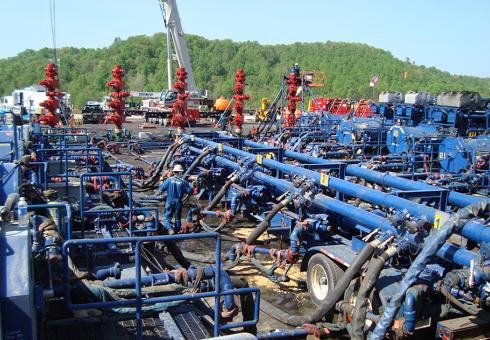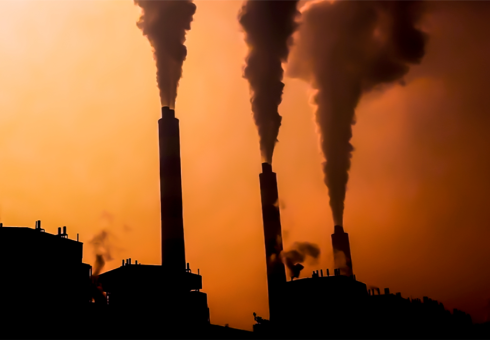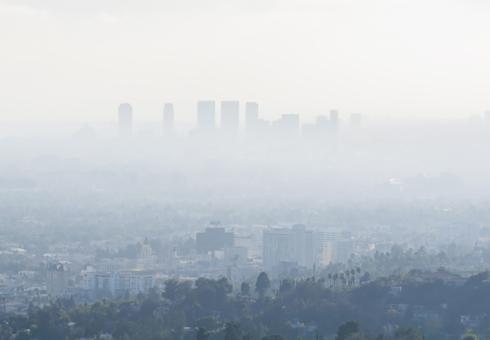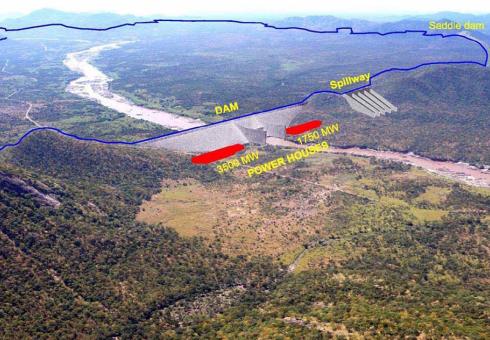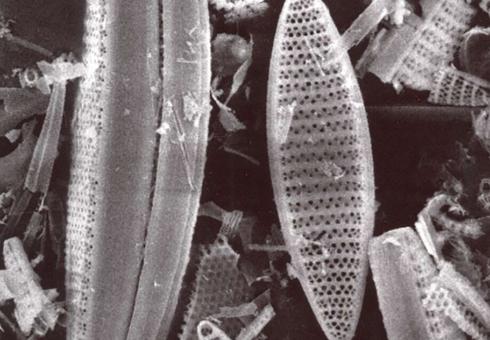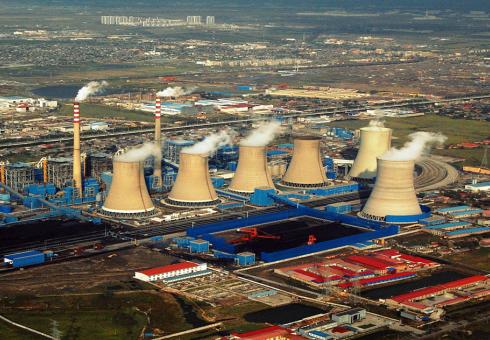News + Media
In order to develop effective strategies to combat climate change, policymakers must be able to address the economics of implementation, risk uncertainty and information assessment.
An overview of climate science: what comprises climate, relevant factors in the climate system, and how the climate has changed in the past versus how it is changing now.
Analytical method could enable more accurate energy scenarios
Joint Program projects advance water and food security

New toolset of crop-yield emulators enables computationally efficient assessment of environmental impacts on crop yields at national and regional scales, which can be used to advance integrated assessment research addressing land-use change.
The source code of the MIT Earth System Model is publicly available for non-commercial research and educational purposes via github (i.e. github.com:mit-jp/igsm.git).
Research shows the Clean Air Act was likely responsible for a dramatic decline in atmospheric organic aerosol
MIT Joint Program Research Scientist Kenneth Strzepek shares expertise in BBC World Service Newsday interview, starting at 31:12
Study's co-authors, including MIT Joint Program-affiliated research scientist Stephanie Dutkiewicz, argue that ecosystem models should account for the diversity of diatoms to better predict the fate of these micro-algae and their role in the biological carbon pump of tomorrow's ocean
Grist commentary cites Joint Program research assistant Emil Dimantchev's analysis of China's new carbon emissions trading system (Additional Coverage: Salon.com)
MIT Energy Futures: Why including non-carbon options is key
An analysis by MIT researchers shows that when electric power companies are planning to invest in new generating facilities but face the possibility of future limits on carbon emissions, they can reduce their long-term economic risk by having at least 20% of the new generation come from non-carbon systems such as solar and wind. Coal or natural gas plants are less expensive initially, but they might have to be shut down prematurely if a carbon cap is put in place in the coming decades. Non-carbon systems are more costly to build, but they’re relatively inexpensive to operate, so companies will continue to run them, even if there’s no restriction on carbon emissions. The researchers’ novel method of incorporating expectations about future emissions policies into the decision-making process identifies an investment strategy that can as much as halve cumulative costs to the US economy, potentially saving more than $100 billion over the long term.
MIT Joint Program workshop highlights pathways toward sustainable water resources

